by Myriam Youssef
After a series of military ‘victories’ that brought back many areas in Syria under government control, the Syrian regime faces the challenge of governing the country and providing for its citizens.
Our local researcher in Damascus, Myriam Youssef, reflects on daily life in the capital, the sufferings of ordinary people and the growing anger which is gradually growing beyond the ability of the regime to contain.
Her explorations of how the regime is governing in Syria is part of our CRP approach in studying how public authority actually functions and people’s perceptions of its legitimacy.
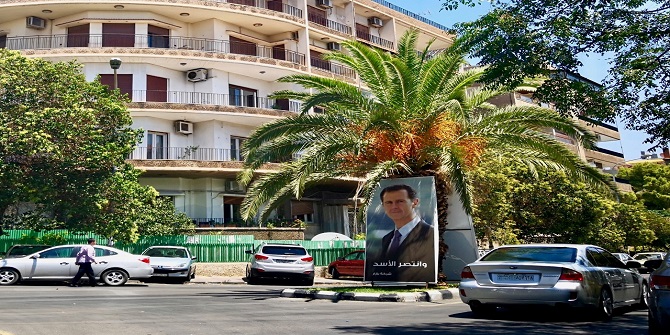
I took on the habit of walking through the streets of my city, Damascus, every day, particularly during the night. I love to stare into the faces and eyes of its people and the details of its lanes and alleys and I feel saddened by what eight years of war has done to them.
Faces seem more melancholy than usual this winter. Eyes wither from weariness and exhaustion. It’s true, this winter is relatively calmer. Mortar shelling has disappeared for the first time in years. But this winter carries with it another kind of war. A war that made many mumble amongst each other, wishing that the days of cannons and mortars, which showered the streets of the city, would return. Death was clear and direct back then. Unequivocal. It could not be mistaken for something else, life for instance. Death today is slow and painful. It disguises itself in a thousand colours and attires.
Damascus has witnessed rough years since the uprisings and all throughout the war. Death has reigned over it and camped across its corners. The city and its countryside were split into two parts, one of which remained under regime control while the other fell under the control of armed opposition groups. Each has had its lion’s share out of this seven-year war. Most of the rebel countryside has turned into shambles. Hundreds of thousands of its inhabitants have unwillingly deserted it. Thousands of others faced death. The city and other parts of its countryside witnessed less violence, but death has reaped thousands of lives. The city was often targeted with mortars. Many fled, particularly the youth, from conscription and from these dilapidated living conditions.
The ‘Year of victory’
All of the above suddenly seemed to have irreversibly disappeared in the middle of last year after the regime regained control of opposition areas in the city’s outskirts and countryside. The military campaigns were viciously violent and unmerciful. This overlapped with the regime’s military advancements elsewhere in the country with the support of two main allies – Russia and Iran. 2018 was coined the ‘year of victory’ by the regime, its supporters and their media. They did not miss a chance to regurgitate propagandist sound-bites around triumph, the end of the war, and the return of stability and security. City streets were filled with Bashar al-Assad’s images on billboards accompanied by celebratory idioms and catch-phrases glorifying the President and exclusively crediting him with the supposed victory.
Summer months were full of festivals and exhibitions. The Damascus International Exhibition, of course, tops the lot. It was the epitomic means of propagating the notion of the ‘end of war’ in Syria, but also, more realistically, in and around Damascus. One of the key features of this period is the prospect of purported ‘reconstruction’ projects. At face value, they are several real estate development plans that have undeservedly been granted the prefix ‘re’. Preparations for those plans are already underway. Several ‘reconstruction’ exhibitions and fairs have been held showcasing construction contractors, raw materials and construction equipment. Laws and regulations have recently been issued to facilitate investments and the flow of capital, as well as regulate the areas targeted by real estate development projects.
Nominal local elections were held to elect new local administrative councils that are guaranteed substantial influence on the future execution of real estate development projects. Elections were also instrumental in galvanising the regime’s propaganda on Syria’s ‘return to normality’.
This has undoubtedly comforted many Syrians who have been exhausted by a war that, for many, has become meaningless. A large segment of Syrians look forward to safer and more tolerable living conditions. Their short-lived ambitious dreams have been curtailed. They now dream of nothing beyond financial sustenance and the rare, often difficult, preservation of life itself.
A few months later, winter approached our feeble doors. We dreaded the prospect. Past winters were painful. We suffered from long electricity cuts and fuel shortages, we could barely keep warm. Winter has been disproportionately harsher for the thousands of families who lost their homes and had to either live in ill-equipped houses or in unconfined spaces, such as gardens and streets.
Governmental statements at the beginning of this winter, however, have been reassuring. We’ve been promised a warm winter, free of pain and agony. Electricity, we’ve been told, won’t be cut off. Fuel and gas are to be affordable and available in huge quantities. In short, we’ll be able to keep warm inside our homes – based on these promises – as the war has ended and any form of suffering, after today, is unjustifiable.
A couple of weeks into winter were enough for us to realise, without doubt, that those hopes and promises were nothing more than a mere bubble of illusions. Upon the dissolution of this illusive bubble, Syrians awoke to a grim reality, harsher than anything they’ve seen throughout the years of war.
The Year of Wretched Queues:
During the years of war, we’ve grown accustomed to long hours of electricity cut-offs which reached at times 20 hours a day. Using electric generators was prohibited in most cities so many of us, at least those who can afford it, installed large chargeable battery systems. They provided basic lighting and were enough to operate small electronic devices and charge phones. They were too small to power electric heaters. Before the war, we mostly relied on fuel-powered heaters, but even fuel oil has become rare to find, and unaffordable (price increased at least tenfold). A family can buy 400 litres of government-subsidised fuel oil for almost 0.5USD/litre and purchase their remaining needs from the black market for a higher price (the average family income in Syria is almost 100 USD, an income that’s disproportionate to both the drop in Syrian currency and the price inflation that hit most goods and products). Therefore, a lot of families now depend on alternative ways (mostly gas or wood heaters) to keep warm during electricity cut-offs.
Like many winters past, our days are drained by hours upon hours of waiting. We wait for electricity, which is cut-off for 8-12 hours a day in Damascus and noticeably more in the outskirts and countryside. We wait for fuel distribution vehicles to pass by our neighbourhood so that we buy a few litres, enough to warm the house for a couple of hours. Government figures published this month state that 85% of households in Damascus didn’t even buy the government-subsidised quantities of fuel because they can’t afford it. Almost 80% of Syrians live under the poverty line; six million of whom are internally displaced persons, according to UN figures.
Other essential items also often became unattainable or completely disappeared from the market. At some point, mothers and fathers used to line up in long queues to purchase baby milk, which suddenly vanished from the market. It gradually reappeared on the shelves afterwards, albeit in rationed quantities. Before that, smuggling activities from Lebanon flourished to secure baby milk powder to the market, an essential item for many families, even if the price wasn’t affordable.
But the most wretched of all winter’s queues is the one for cooking gas. Syria has witnessed a sharp crisis in availability of gas cylinders, especially during the last few months. Gas canisters are essential for cooking, families would need at least one every month. They would need much more if they were to be used for heating, perhaps to be refilled every couple of days 1! The Government’s responsibility has also exacerbated as they now have to provide services to all areas around Damascus but also in the South, Centre and North, which they regained in the past year. These areas, their hundreds of thousands of inhabitants and those who returned from neighbouring countries require basic services such as electricity, water and fuel.
The long queues for gas distribution reminded me of the renowned picture from al-Yarmouk back in 2014. It was during the siege. Thousands of besieged Palestinians, desperate and feeble looking, were waiting in queues for aid distribution.
I have witnessed and heard stories I thought only existed in the world of fiction. An elderly man sits beside the gate of the gas distribution centre. He’s been here since six in the morning. When the vehicle arrives carrying hundreds of cylinders, the chaos prevents him from even getting his hands on one. He tries to object but the slurs and beatings of the centre’s employees suppressed his utterances. People spend nights on-end beside the centre, often sleeping in the open despite the weather, hoping to get a cylinder or two. Everyone talks about the prevailing corruption and nepotism in the distribution process. Merchants, wealthy persons and those with influence can easily attain large quantities of cylinders, or anything else without considerable effort or pain while the rest of the population aggregate endless hours of waiting, often to no avail, while watching lavish cars head to the backdoor of distribution centres to load loads of cylinders.
Syria’s most destitute, which constitute the majority of society today, are incapable of even dreaming of the far-fetched dream of warmth. Many resort to burning paper, plastics, and clothes to feel momentary warmth and prioritise food, shelter and medicines over all else. Their children usually drop out of schools and universities to financially sustain their families. Waning middle-class families also find it difficult to make ends meet. Only the upper echelons of society, most of whom are warlords, crony capitalists and authority figures associated with the regime, can lead ‘normal’ and comfortable lives. They, a small minority, can laxly attain the most lucrative goods and services.
Government promises continued while queues grew longer. False claims compounded, assuring that the crisis would be solved within a week, and then the next… and the next. Justifications were innumerable. One day they claimed that the demand for fuel suddenly spiked. Then, that oil-transfer vehicles faced difficulties in reaching the coast because of weather. And then, that fuel consumption should be better regulated because Syrians waste fuel on trivial matters. In tandem with the false promises and void statements, the Syrian streets began scorching…
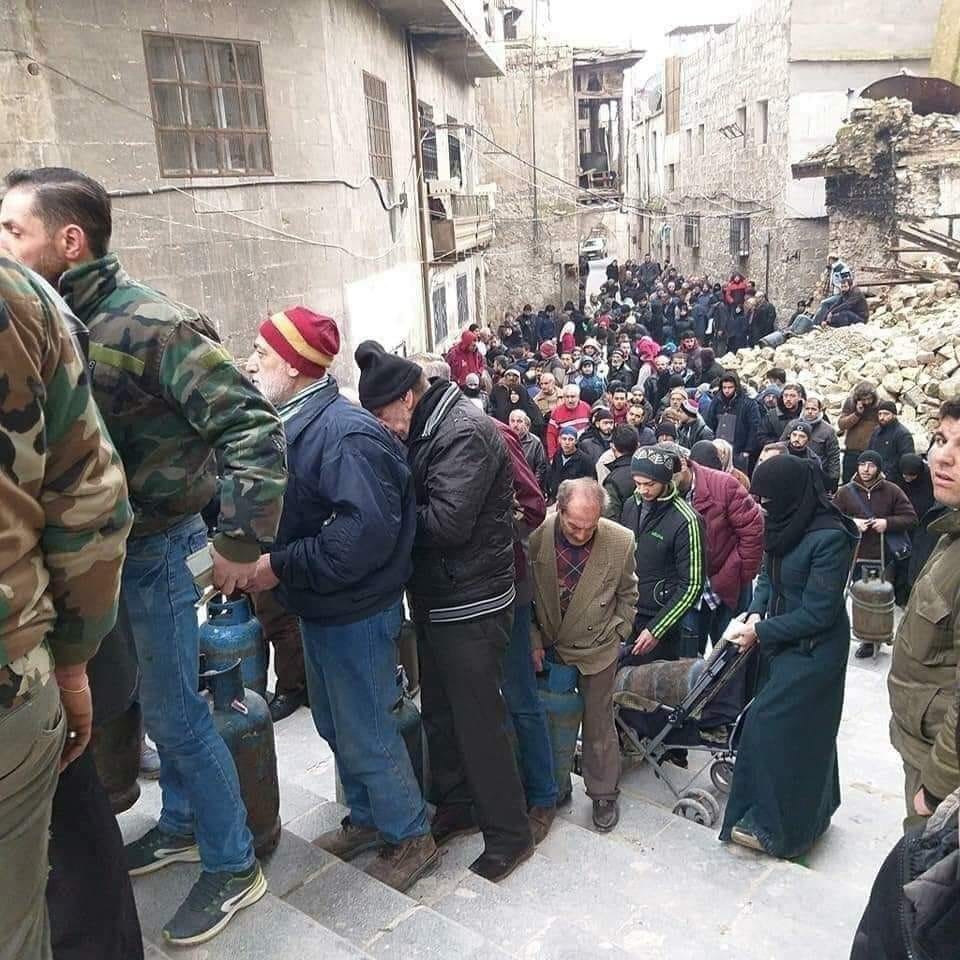
Waves of anger
Over the past few weeks, social media was flooded with angry posts from people living within government-held areas about poor living conditions. Posts ridiculed ‘the victory’ propagandised by the regime. A victory that is ignorantly, or arrogantly, celebrated while Syrians lack the most basic necessities of life. Remarkably, many of those criticisms came from supporters of the regime and its military operations across the country.
These posts of criticism spread on social media outlets and in conversations on the streets, with the elites joining in. Celebrities including actors, actresses and journalists started criticising the Syrian government and calling the president and the ministers to take strong measures in fighting the corruption that pervaded all segments of the government.
This was met by more promises from the regime to end the conflict. The Head of Parliament ridiculed social media posts and accused those behind them of being run and controlled by external powers to destabilise the country. Similar accusations were once made against the opponents of the regime in the very early stages of the uprising eight years ago.
A recent tragedy symbolically summarises what we are going through. Seven siblings on the night of the 23rd of January suffocated when a fire broke out due to the sudden surge of electricity after a power cut. This caused their electric heater to catch fire, which then spread across the house. The siblings suffocated before their small bodies could catch fire. This made us all feel that we are surrounded by death in all directions. Last year we died from mortar shells and conflict. Today our death is because of the lack of proper heating resources.
The next day, hundreds of Damascenes took to the streets to mourn the seven siblings. It was a majestic sight. It brought back memories of the first protest in 2011, demanding a more just and dignified life to all Syrians. The mourners chanted in full capacity and spewed all the anger bottled up in their chests. This was the first sight of anything similar since the last protest took place in Damascus in 2012.
Today we feel our anger and suffocation reaching its peak. Everyone talks about the possibility of an imminent social explosion if the situation remains unchanged. However, many fear the regime and military reactions in case of such an explosion. They still whisper of there being “prisons to fit us all”. Besides, thousands of detainees are still held by the regime with no news about them (human rights reports believe there are about 90,000 forcibly disappeared persons in Syria). But fear alone is futile when many have nothing to lose. Even those who did not consider leaving before now dream of moving to a better place, while those who do not have the means to leave demand a better life, namely, one that currently seems very distant, given the exponential deterioration of life in Syria.
Prospects of an “Economic war”
In an attempt to absorb public anger, the Government has withdrawn its false promises in the last couple of days. They broadcasted political and economic analysts in various media outlets to discuss the ‘economic war’ launched against the Syrian population by the West through sanctions and the new US Caesar Syria Civilian Protection Act. The Act was given to the Syrian regime on a golden platter, a discursive gift. They’ve used it to assert their own self-victimising rhetoric, placing all blame on the West. The act was instrumental for the regime’s shift in official discourse from that of victory to that of post-conflict preparations “that might be more difficult than the days of the siege on Iraq since the upcoming war isn’t military but economic in its nature”. The first sign of this shift was the designation of the Council of Ministers’ weekly meeting on the 27th of January for “implementing a plan to combat the unilateral and mandatory economic procedures on the Syrian people” in relation to the latest economic sanctions 2.
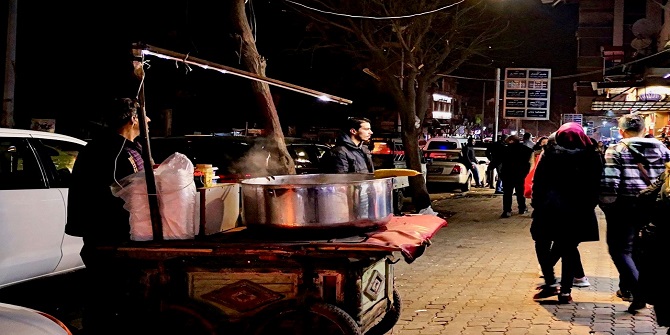
What do those statements mean to us, we who have been paying double the price? We have paid the price of this war that the Syrian regime has primarily caused. We’re also having to pay daily, for their unfounded victory, and insistence that the war in Syria is ending. And we continue to pay the price for the sanctions imposed by the West, under the guise of punishing the regime’s brutal practices on the Syrian people, even though most of these sanctions did not contribute to much other than exacerbating our own living conditions and suffering.
The corn-on-the-cob street vendor describes his struggles to me with tears in his eyes. Using simple words, he says “I wait for hours on a daily basis for the gas cylinder essential for my work. And in the remaining hours, I work tirelessly to secure an income for my family. I look around me and see the elites live as they please. They profit from this conflict and amass their fortunes. Only we can feel the effects of this war, and we are its fuel.”
1 These procedures include an increase in local production, a decrease in governmental consumption of gas, a revitalisation of agricultural and industrial sectors, and, finally, stronger support for community organisations to play their role in humanitarian aid and development.
2 Gas cylinders cost around $18 each in the black market, almost four times their regular price. Syria produces around 30% of its domestic gas demand and imports the rest, but importation seems more difficult today than any time past.
Note: The CRP blogs gives the views of the author, not the position of the Conflict Research Programme, the London School of Economics and Political Science, or the UK Government.


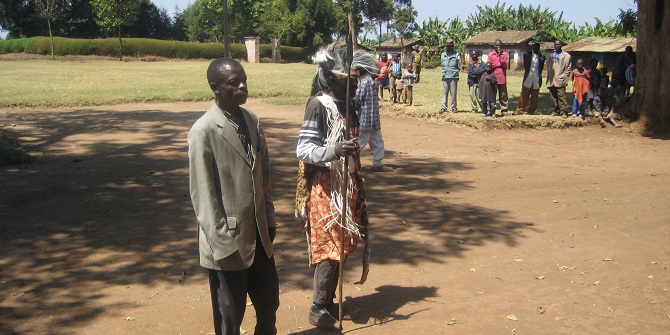
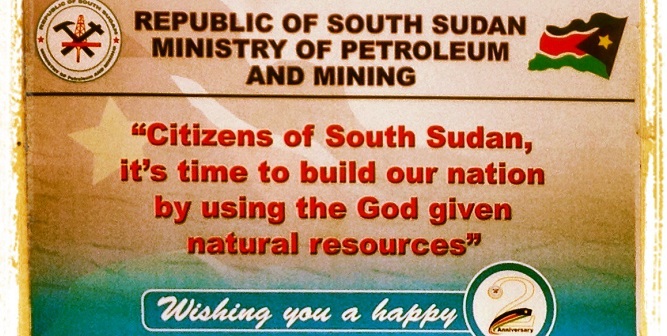
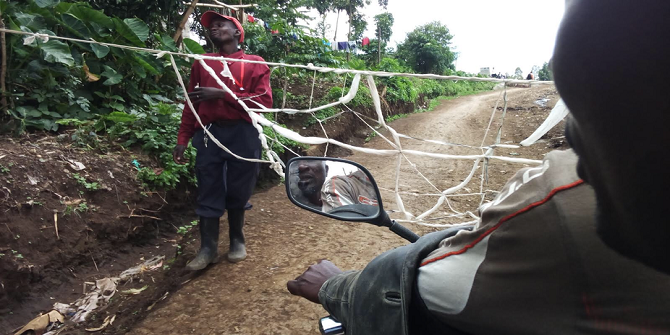
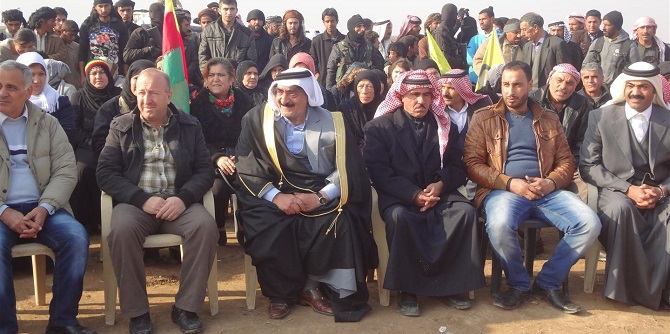
3 Comments